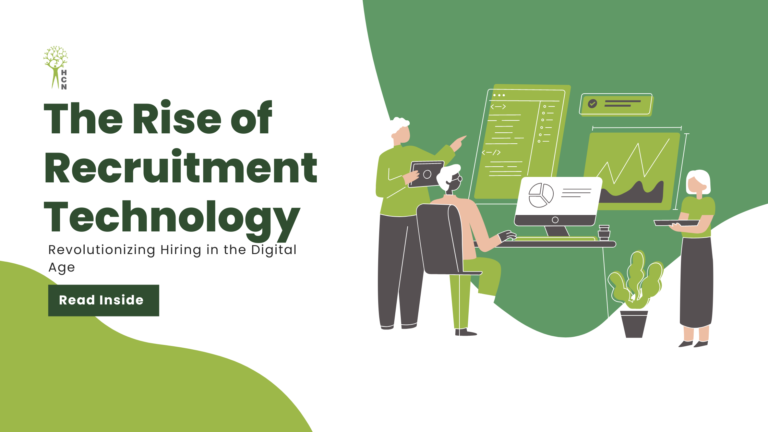How has your talent attraction strategy evolved and been prioritized?
In today’s competitive landscape, job openings typically remain unfilled for about 52 days on average across industries. This prolonged time-to-fill period escalates hiring costs, sometimes reaching up to three times the value of the job itself. Despite significant investments in job marketing, organizations often find themselves unable to overcome these challenges.
Consider the scenario: missing out on top talent simply because your company’s story isn’t effectively communicated. When was the last time you contemplated switching jobs? Chances are, you delved into researching the company’s culture, values, and employee feedback. The issue isn’t the job description itself but rather a weak or inconsistent employer brand. Surveys indicate that roughly 75% of job seekers evaluate an employer’s brand before even applying for a position.
How confident are you that your company’s brand is attracting the right candidates? Are you effectively retaining top talent, or are they seeking opportunities elsewhere? In India, the average tenure of an employee at a single company is only 1.3 years, a figure that continues to decline.
To navigate these challenges effectively, prioritizing employer branding is essential. But what exactly is employer branding?
Employer Branding Defined
Employer branding involves marketing the entire work experience and the reputation of an employer as a desirable place to work. It emphasizes what makes an employer appealing to employees, distinct from the broader corporate brand reputation and customer appeal.
Actionable Steps to Enhance Employer Branding
Consistent adherence to steps accompanied by employee advocacy enhances the strength of your EVP (Employee Value Proposition)
1. Develop Clear Goals and Objectives
Define clear goals and objectives, considering factors such as hiring needs, associated costs, and desired organizational culture. Assess your current state by gathering feedback from employees regarding culture, engagement, and involvement.
2. Define Your Employee Value Proposition (EVP)
Craft an EVP that outlines what your organization offers to employees. Consider factors such as compensation, benefits, stability, respect, and location. Solicit feedback from current employees to refine your EVP, ensuring it resonates with their needs and aspirations.
3. Create an Ideal Candidate Profile
Identify the characteristics of an ideal candidate for each position, including must-have skills and desirable attributes. Establish benchmarks to gauge candidate suitability effectively.
4. Leverage Various Branding Formats and Channels
Utilize diverse formats such as audio, video, visual, and textual content to showcase your EVP. Identify the most effective channels for reaching top talent, including social media platforms, company websites, job boards, and community networks.
5. Engage Employees and Maintain Consistent Messaging
Encourage current employees to share their positive experiences and journeys within the organization. Ensure consistency in messaging across all channels to reinforce the desired employer brand values.
6. Measure Employer Branding Success
Evaluate the impact of employer branding efforts using relevant metrics, such as brand awareness, talent attraction, employee engagement, candidate experience, and brand perception. Compare current performance against desired outcomes to drive continuous improvement.
How to Measure Employer Branding
You can’t improve what you don’t measure. Below are a few metrics to measure:
- Employer Brand Awareness: Track mentions and engagement on social media and career sites.
- Talent Attraction Metrics: Number of applications received, quality of applicants, and cost-per-hire.
- Employee Engagement and Retention: Employee satisfaction surveys, retention rates, and employee referral rates.
- Candidate Experience: Feedback from candidates about their experience during the recruitment process.
- Brand Perception Surveys: Conduct surveys to understand how current and potential employees perceive your brand.
Benefits of Employer Branding
By prioritizing employer branding, you can revolutionize how you hire, grow, and retain talent.
1. Attracting Top Talent: Companies with a strong employer brand receive 50% more qualified applicants.
2. Reducing Hiring Costs: Organizations with a well-defined employer brand can lower their hiring costs by up to 43%.
3. Improving Employee Retention: Employees are 40% more likely to stay with a company with a strong employer brand.
4. Boosting Employee Engagement: A robust employer brand can increase engagement levels by 20%, leading to higher productivity.
Examples of Employer Branding
· Microsoft: Microsoft’s employer branding highlights diversity, inclusion, and social responsibility. They offer employees cutting-edge tech, diverse teams, and competitive benefits, including work-life balance.
· Marriott International: Marriott’s employer branding focuses on “Begin, Belong, Become” and the promise to “Be you.” They promote wellbeing, diversity, and inclusion, with consistent messaging across social media channels.
Reflect and Respond
What steps have you taken to strengthen your employer brand, and how have these efforts impacted your talent attraction and retention? Share your experiences with us!
Employer branding isn’t just a buzzword—it’s a strategic imperative. Join the conversation and share your journey with us.
Don’t forget to share this story on WhatsApp and LinkedIn.
Want to learn more about how employer branding can be tailored to your organization? Book an appointment with us.




